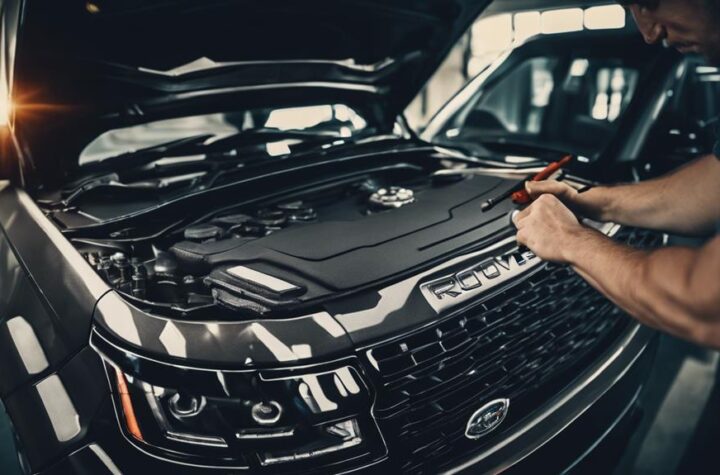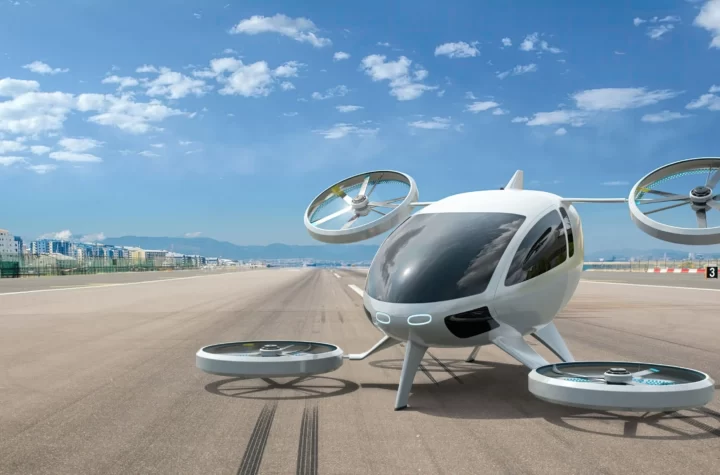A first of its kind partnership between leading software, semiconductor and visual computing companies is set to accelerate the rollout of advanced driver assistance systems (ADAS) into the fast lane.
Automotive software specialist Elektrobit (EB) has joined forces with semiconductor supplier Infineon Technologies and NVIDIA, a leader in visual computing. The result is a system consisting of the NVIDIA DRIVE™ PX self-driving computer integrated with EB’s AUTOSAR 4.x-compliant EB tresos software suite, which runs on the NVIDIA Tegra and AURIX™ 32-bit TriCore™ microcontroller from Infineon.
EB tresos software provides seamless integration capability of Linux and AUTOSAR applications as well as NVIDIA DRIVE™ PX-specific basic functionality for monitoring and redundancy management. It enables cross-CPU-communication with a safe and reliable execution environment, supporting the highest automotive safety integrity level (ASIL). “Autonomous driving requires a massive amount of energy-efficient computing resources,” said Sahin Kirtavit, Senior Director of Automotive Ecosystem, NVIDIA. “With this solution, we are bringing the power of supercomputing into the vehicle”.
“The EB tresos suite forms the safe and secure hub for taking safety critical autonomous driving strategy decisions and communicate with the actuator systems of the car,” adds Hans Adlkofer, Vice President Automotive Systems, Infineon Technologies.
Automotive Industries (AI) asked Björn Giesler, Senior Director Driver Assistance, EB, how the partnership with Infineon and NVIDIA will contribute towards creating an automated driving platform.
Giesler: To our knowledge, this platform is first of its kind and represents the most integrated hardware-software solution for the development of advanced driver assistance (ADAS) functionality on the market today.
AI: What are some of the current ADAS challenges facing the indsutry?
Giesler: Automated driving is incredibly complex, and automakers are looking to experts like EB, NVIDIA and Infineon to help simplify it for them. The reality is that there is nothing simple about automated driving. Advanced driver-assistance systems gather input from increasing amounts of sensor data which, in turn, drive demand for higher performance. As a result vehicles are requiring increasingly complex software integration at the electronic control unit (ECU) level because more and more software is executed in the car.
AI: How will the EB/NVIDIA/Infineon partnership address these problems?
Giesler: Our combined offering delivers the increased computing power and intelligence required to handle the incredible complexity of automated driving. ADAS applications developed using the solution will enable a vehicle to interpret – not just sense – what is happening around it and communicate this information to the driver and to other critical systems within the vehicle, inside other vehicles and to the cloud.
We expect that automakers will embrace the highly integrated hardware-software approach as a way to simplify and streamline their development efforts. Modern vehicle functions like ADAS have a rapidly-growing demand for high-performance computing power. To fulfill fail-safe operational requirements of autonomous driving functions the next generation of a vehicle infrastructure platform has to ensure the execution of safety critical functions with high reliability. This solution provides car makers with standardized software architectures necessary to meet those needs.
AI: How do you see ADAS evolving?
Giesler: Systems for active security and driving assistance are becoming more and more important, and are becoming more frequently requested by end users. Innovation is being driven by the availability of new technologies, including lower cost, highly powerful processing, user demand and an increasingly competitive environment that includes traditional OEMs and new players. The numerous prototypes of autonomous vehicles give a hint at what will be possible in the next five years. With these new trends we see new challenges concerning reliability, safety and security as well.
AI: What role does legislation play?
Giesler: Many cars sold today are already capable of some level of autonomous operation and prototype cars capable of driving autonomously have been, and continue to be, tested on public roads in Europe, Japan and the United States. As the technology for autonomous vehicles continues to develop it will be necessary for state and municipal governments worldwide to address the potential impacts of these vehicles on the road.
AI: What market is there for highly advanced ADAS?
Giesler: ADAS is the fastest-growing field in automotive electronics. According to Strategy Analytics by 2025-2030, we’ll likely see 15% – 20% of cars using highly autonomous driving systems that provide significant support to drives in multiple driving situations.
AI: How have EB’s strengths in connected cars, car sensors and autonomous driving helped it find solutions to make driving safer?
Giesler: Our software is playing a key role in bridging the gap between consumer’s lifestyles and the in-vehicle experience. We draw upon our more than two decades of experience in developing software – working closely with automakers and Tier 1 suppliers. Some of our recent solutions highlight the increasing role safety and security is playing in all of our software.
Automotive Industries asked Manuela Papadopol, Director Global Marketing, EB Automotive to tell us how the partnership with Infineon/NVIDIA came about.
Papadopol: The joint solution combines powerful computing processors with safety-critical hardware and software to enable ADAS for self-driving vehicles. The EB tresos software provides seamless integration capability of Linux and AUTOSAR applications.
AI: How do you see the market for ADAS growing?
Papadopol: The trend of adding driver-assist features is here to stay and is essentially becoming mandatory. It forms the basis for ever-increasing platforms of capability and functionality. Enhanced driver-assist features like adaptive cruise control and lane merge assist offer the largest opportunity to automakers and Tier 1 manufacturers, expected to grow to $73 billion in 2030.
AI: How ready is EB to meet the demand?
Papadopol: Carmakers will need a powerful and reliable platform for autonomous driving. EB is the only industry player with both navigation and driver assistance products from one single source. In addition, EB offers electronic control unit (ECU) software certified for the highest safety levels and is one of the founding members of the AUTOSAR consortium.
We have been involved in the development of basic software and tools for the automotive industry for more than 15 years. EB tresos Safety E2E (“End-to-End”) Protection has achieved the safety certification that confirms the capability for use in safety related ECU projects up to the highest Automotive Safety Integrity Level (ASIL) D according to ISO26262 as well as in non-automotive projects up to IEC 61508 / SIL 3.
Our goal is to help the global automotive industry be successful in developing the next generation of smart, scalable, reusable, and reliable ECUs. Our solution enables carmakers to start AUTOSAR mass production projects for major carmakers such as BMW, Daimler, Audi, Volkswagen, GM—and many more.








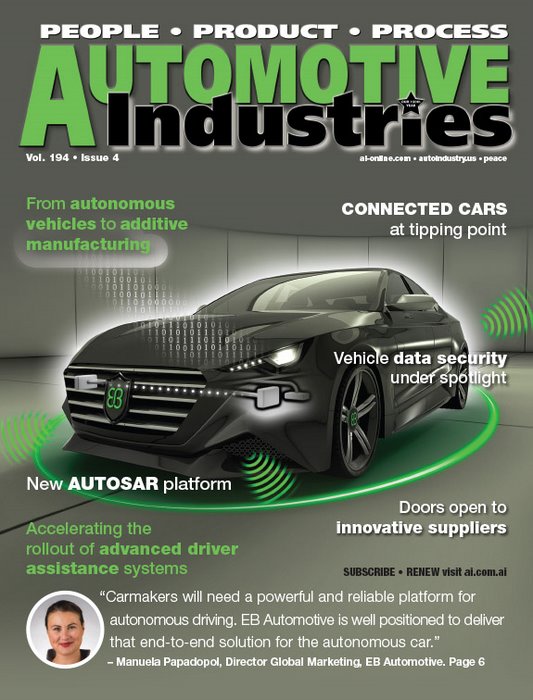





































 Connected cars at tipping point
Connected cars at tipping point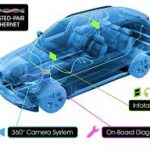 Controlling big data in the connected car
Controlling big data in the connected car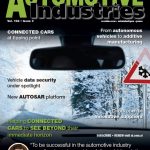 Enabling connected cars  to see beyond their sensors
Enabling connected cars  to see beyond their sensors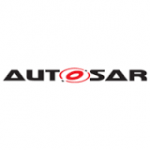 New AUTOSAR adaptive platform on its way
New AUTOSAR adaptive platform on its way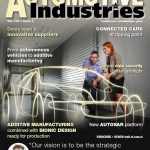 Bionic design and additive manufacturing go mainstream
Bionic design and additive manufacturing go mainstream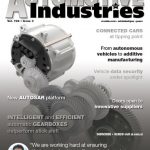 Automatic transmissions contribute to fuel economy
Automatic transmissions contribute to fuel economy
